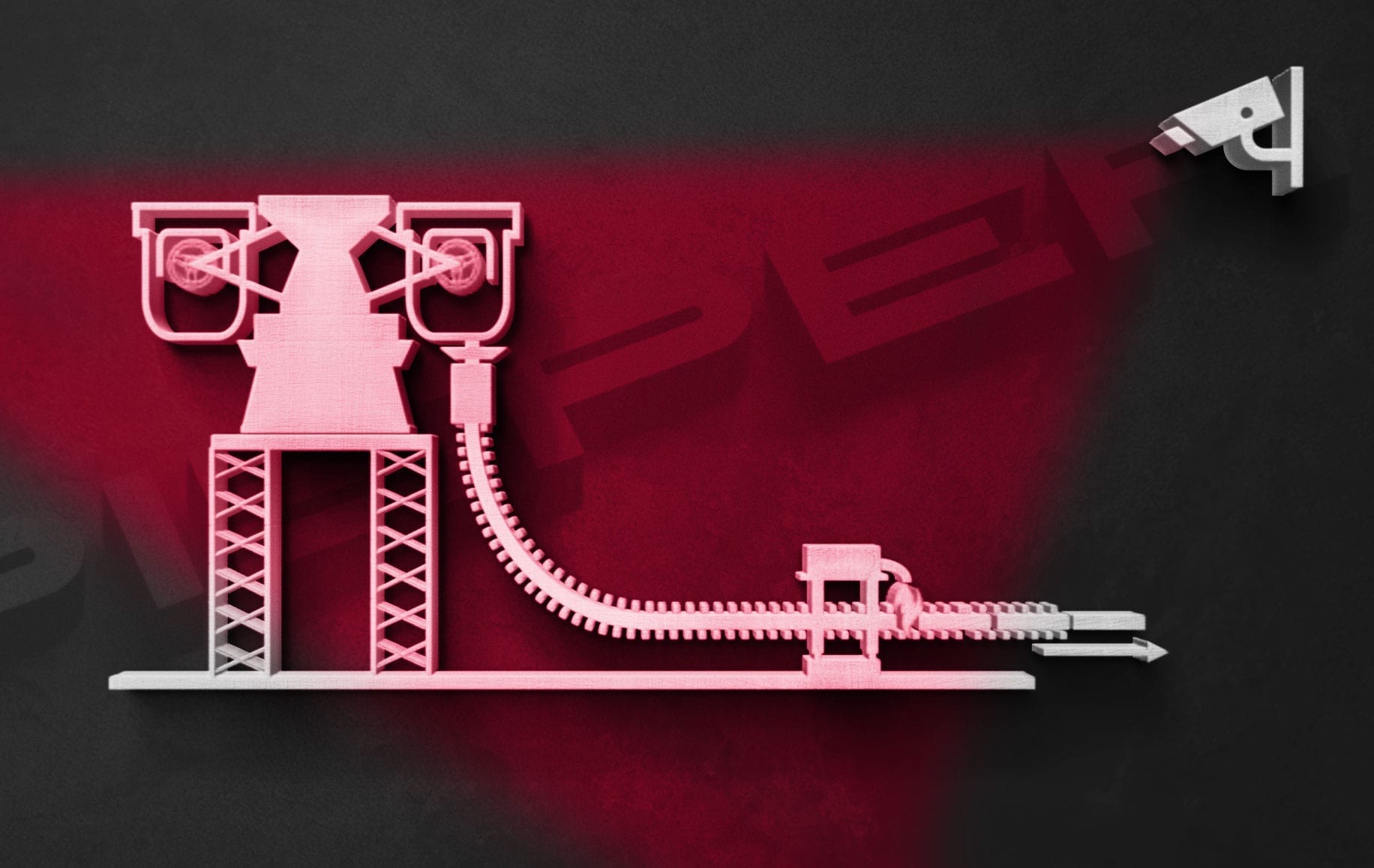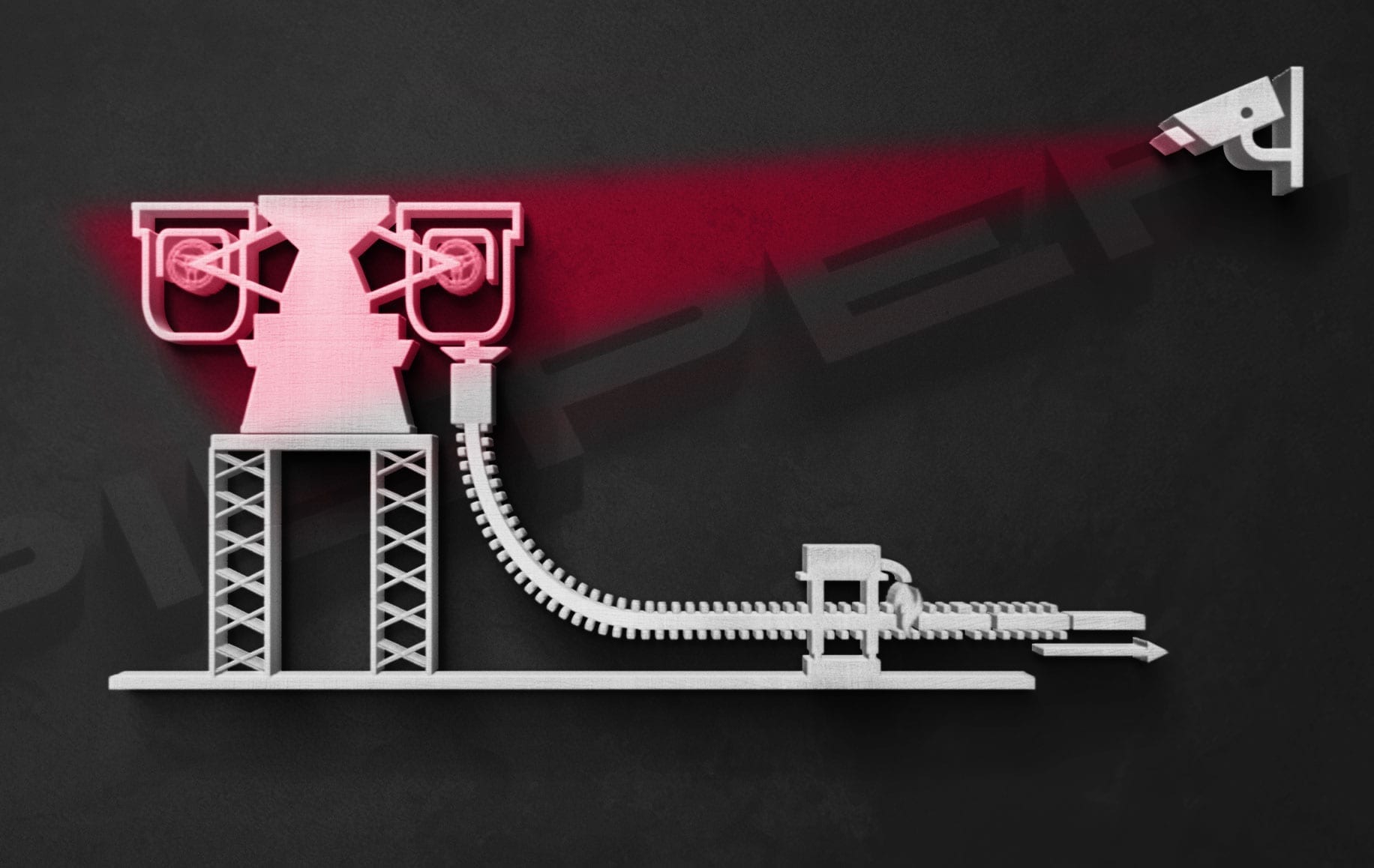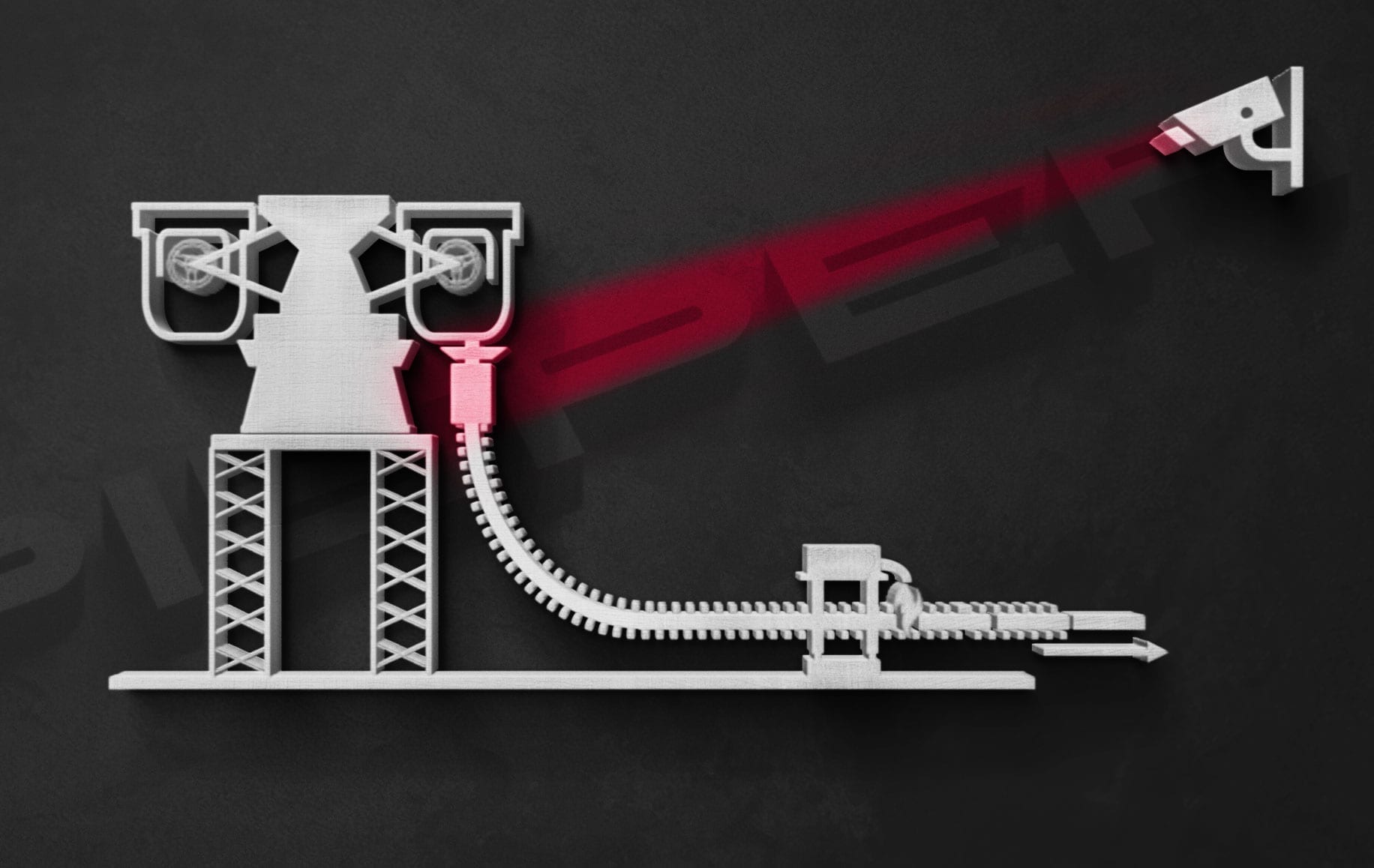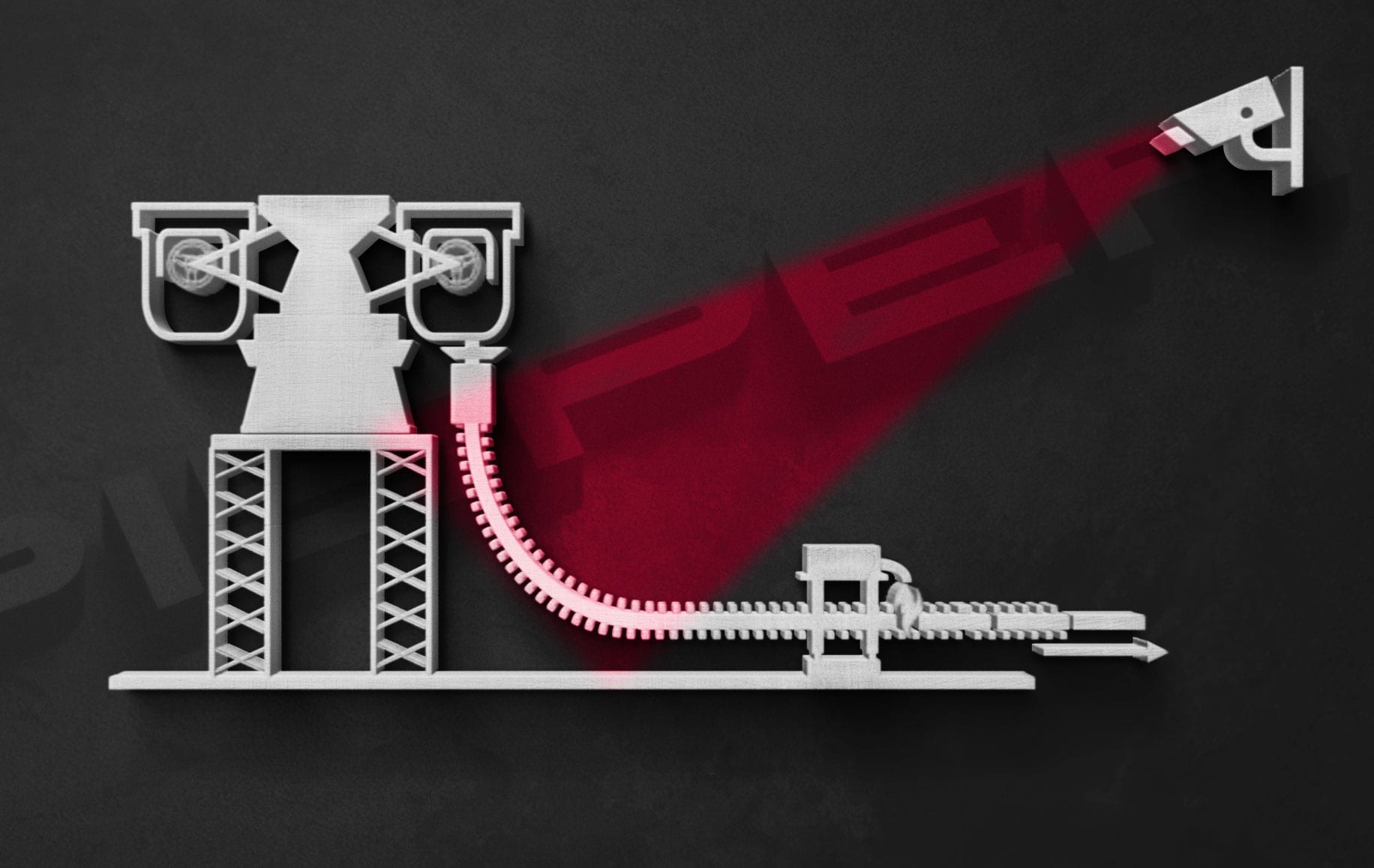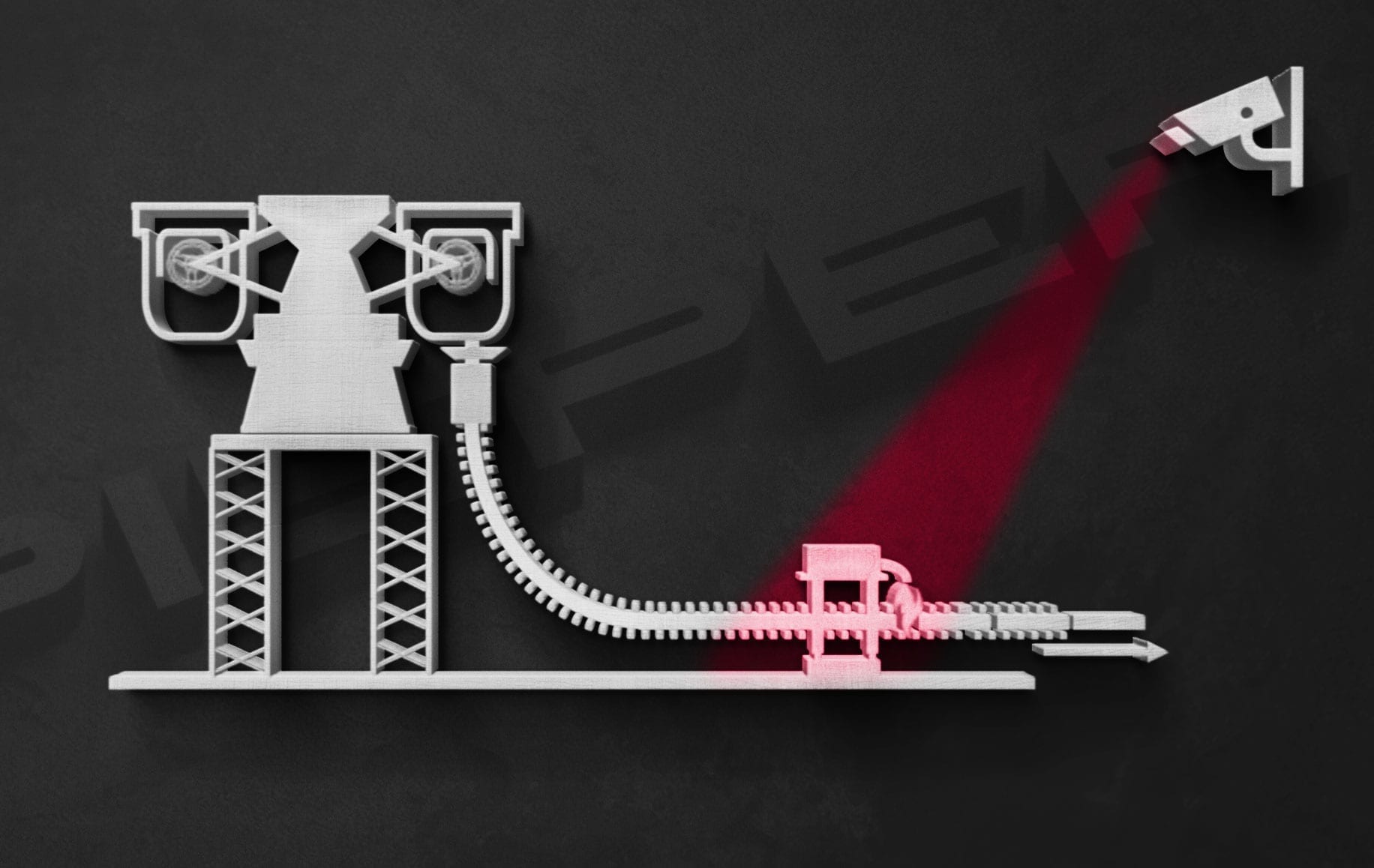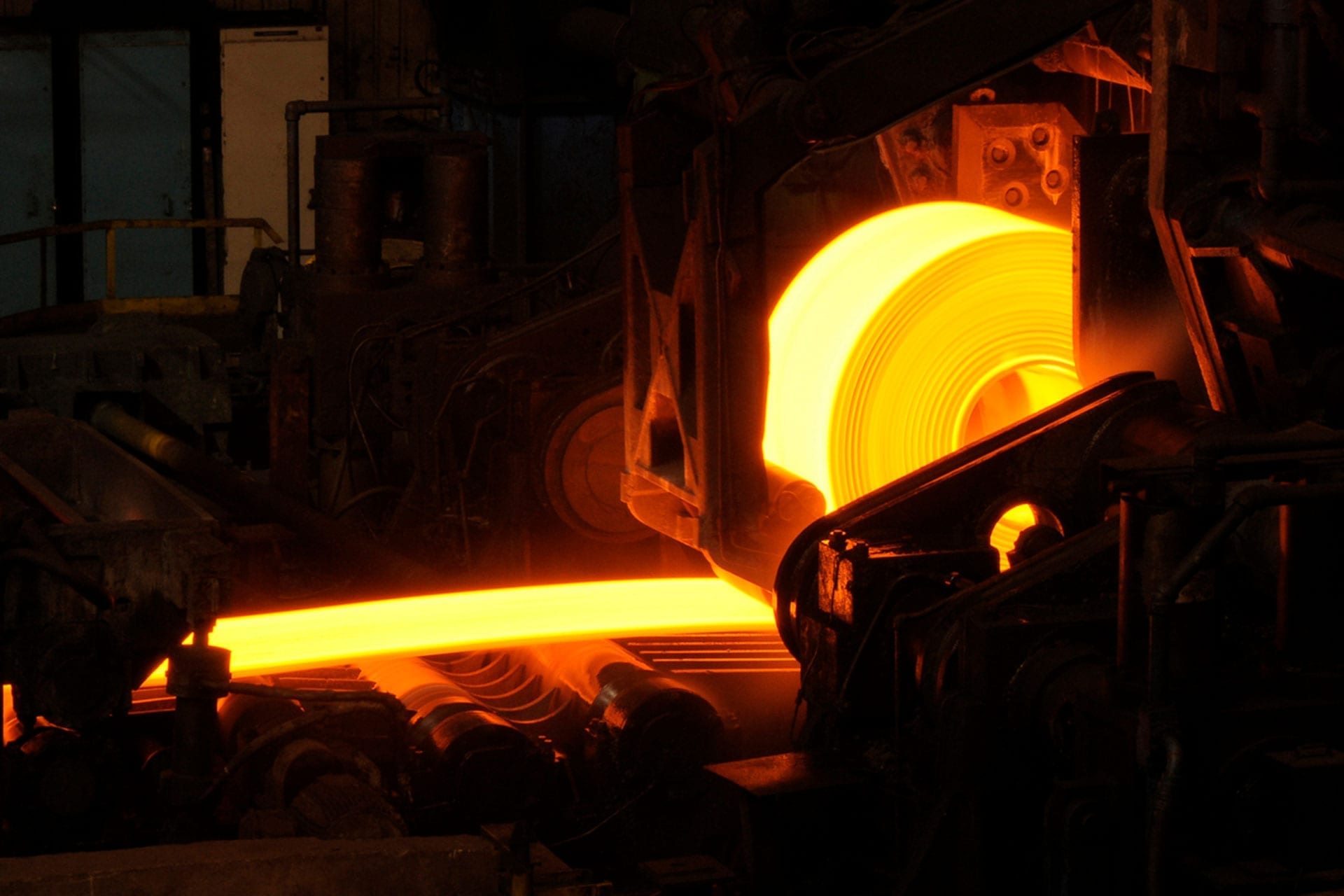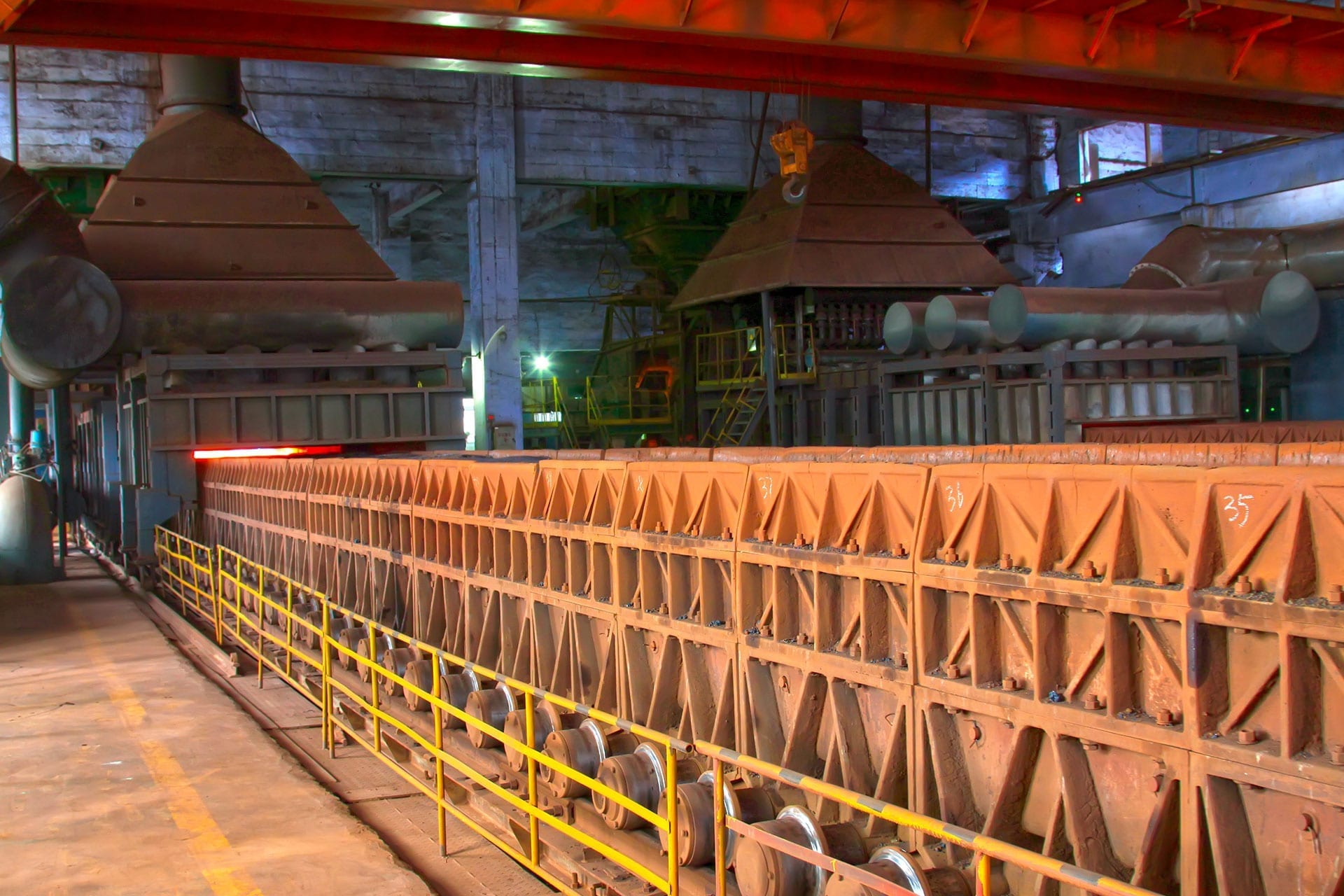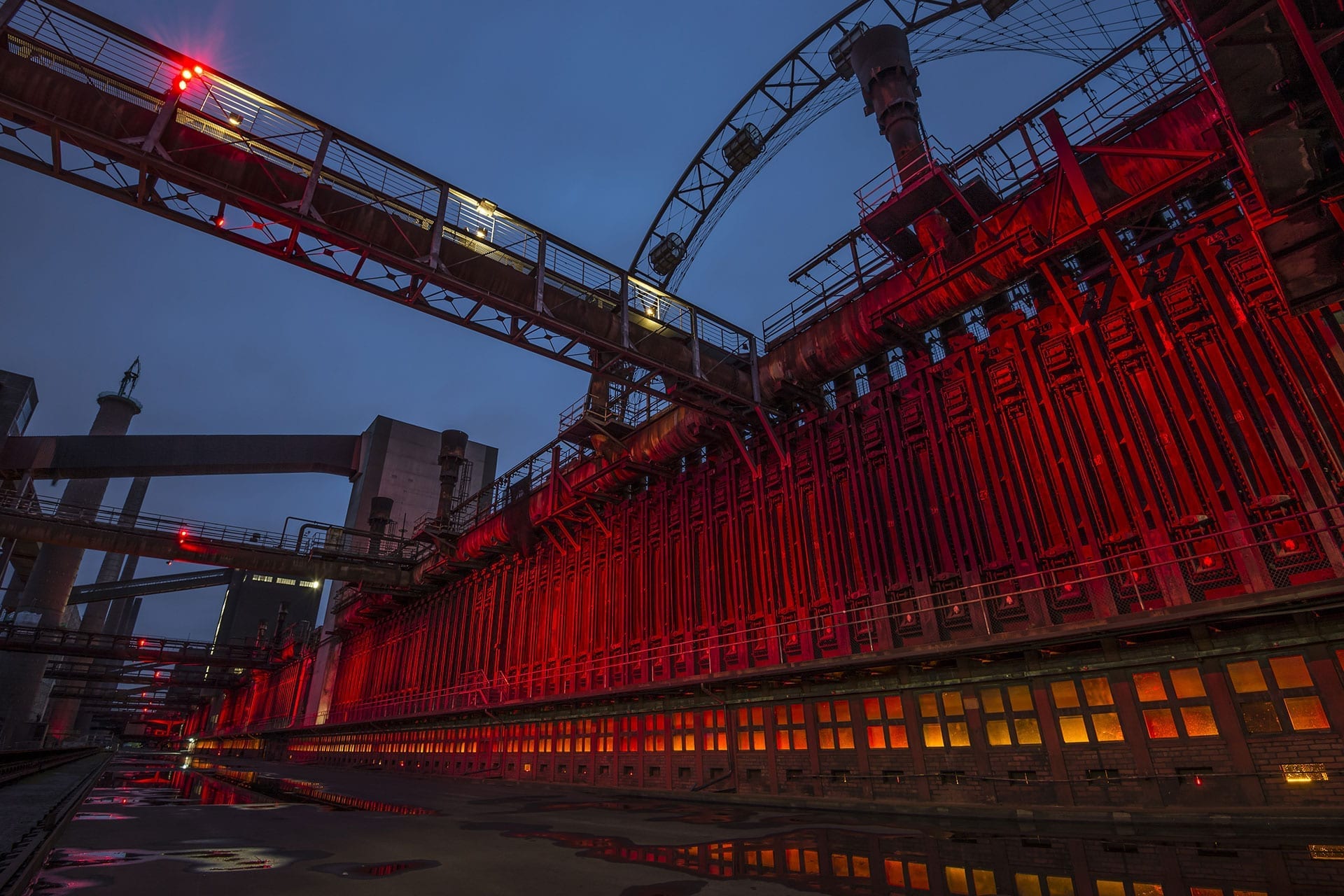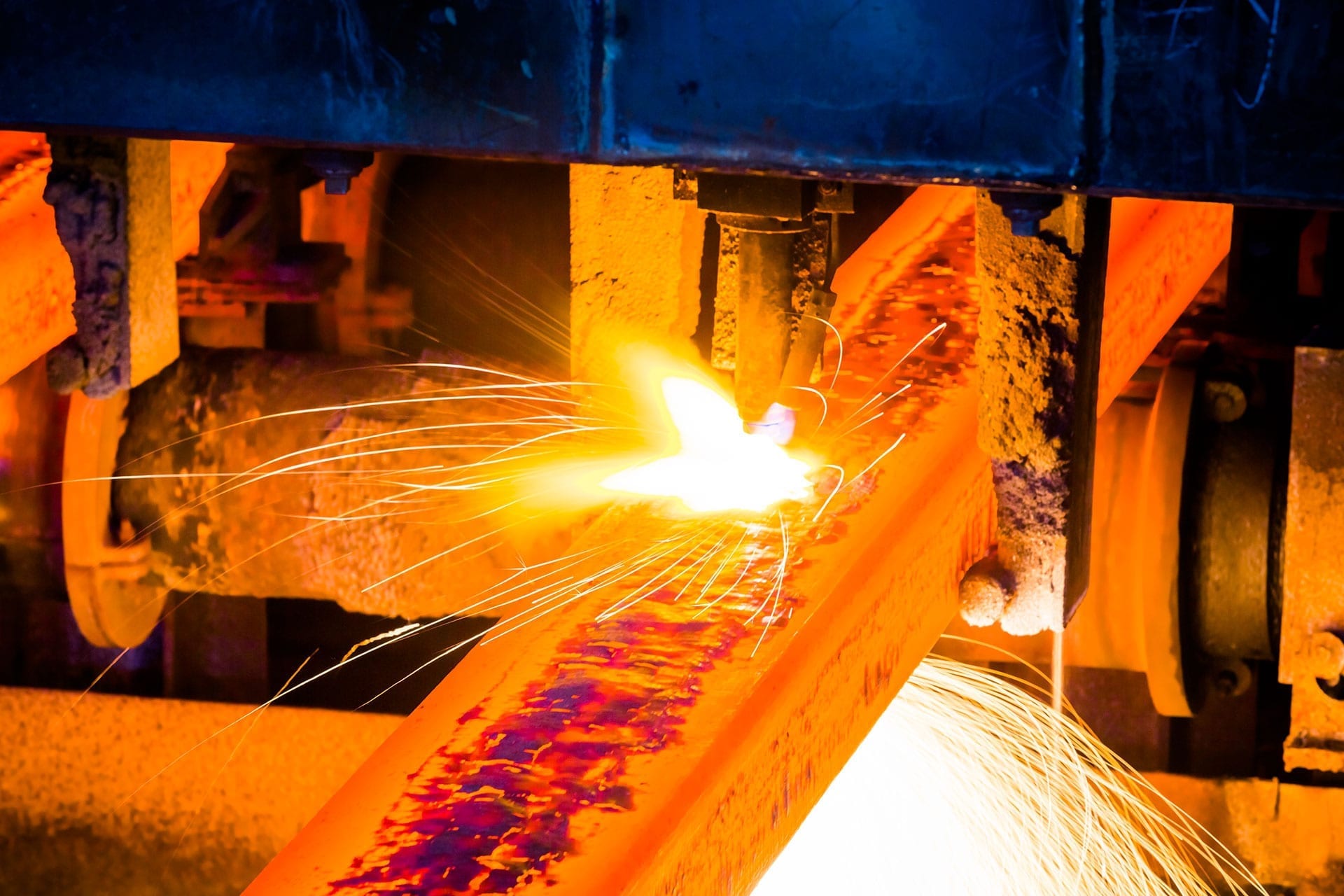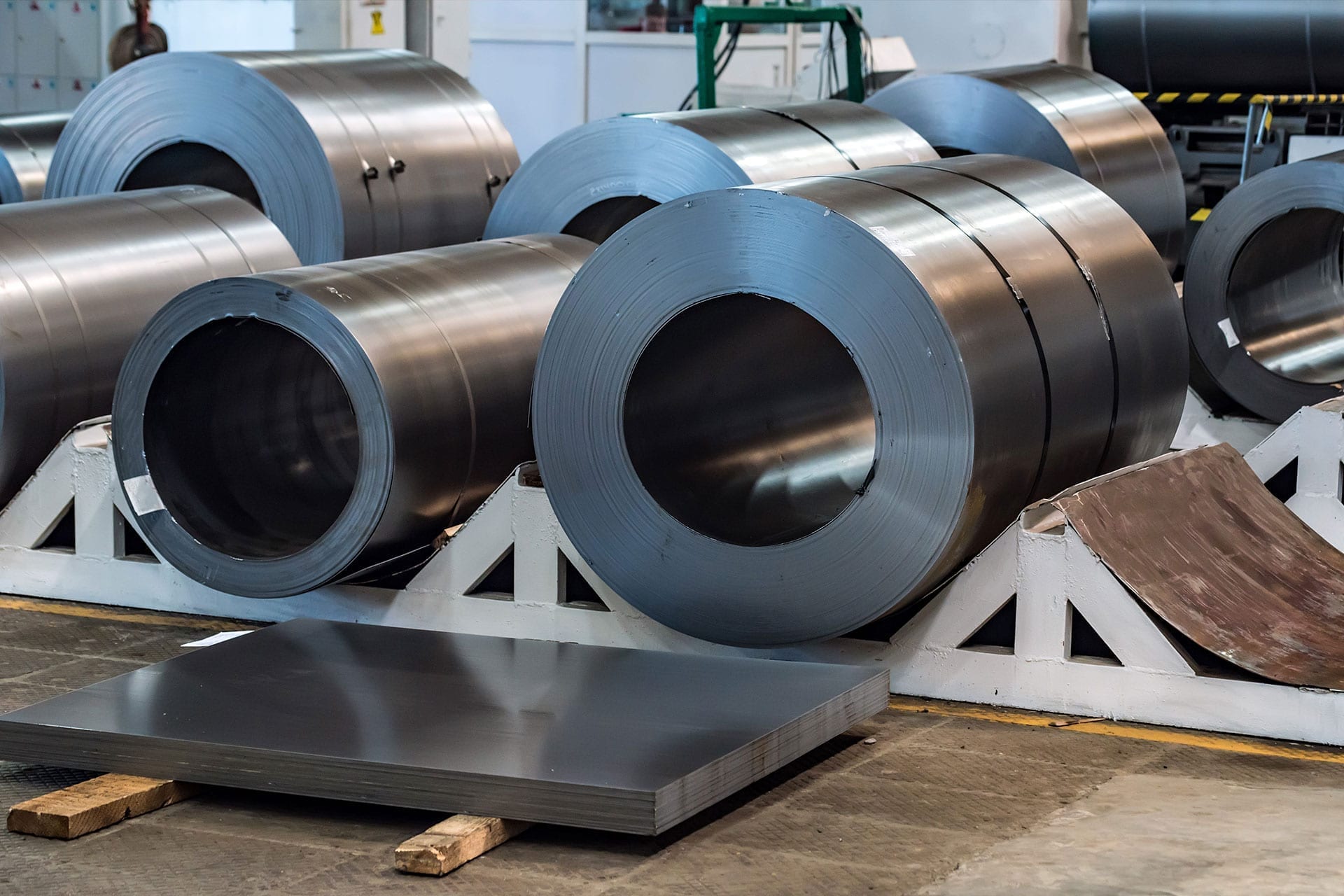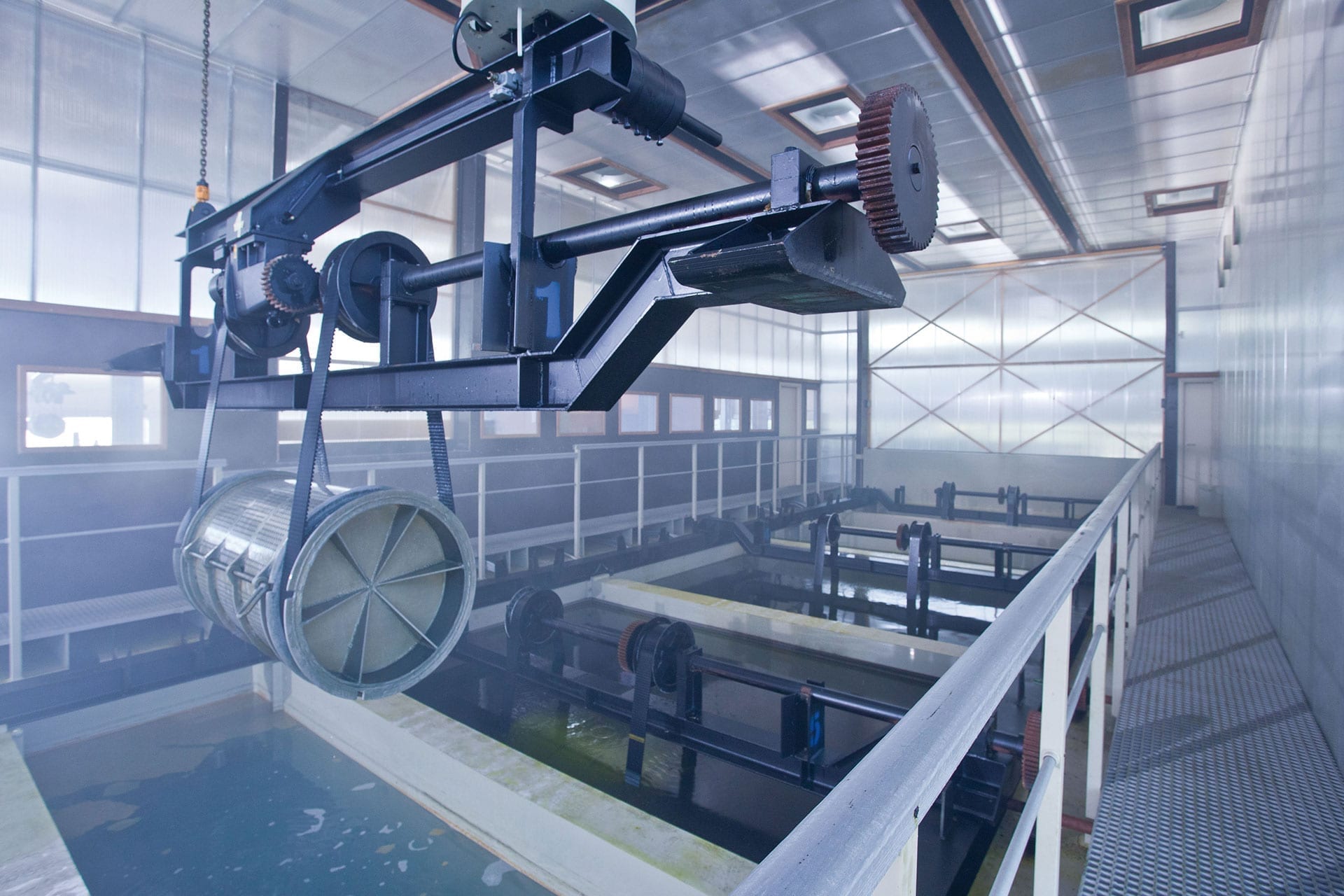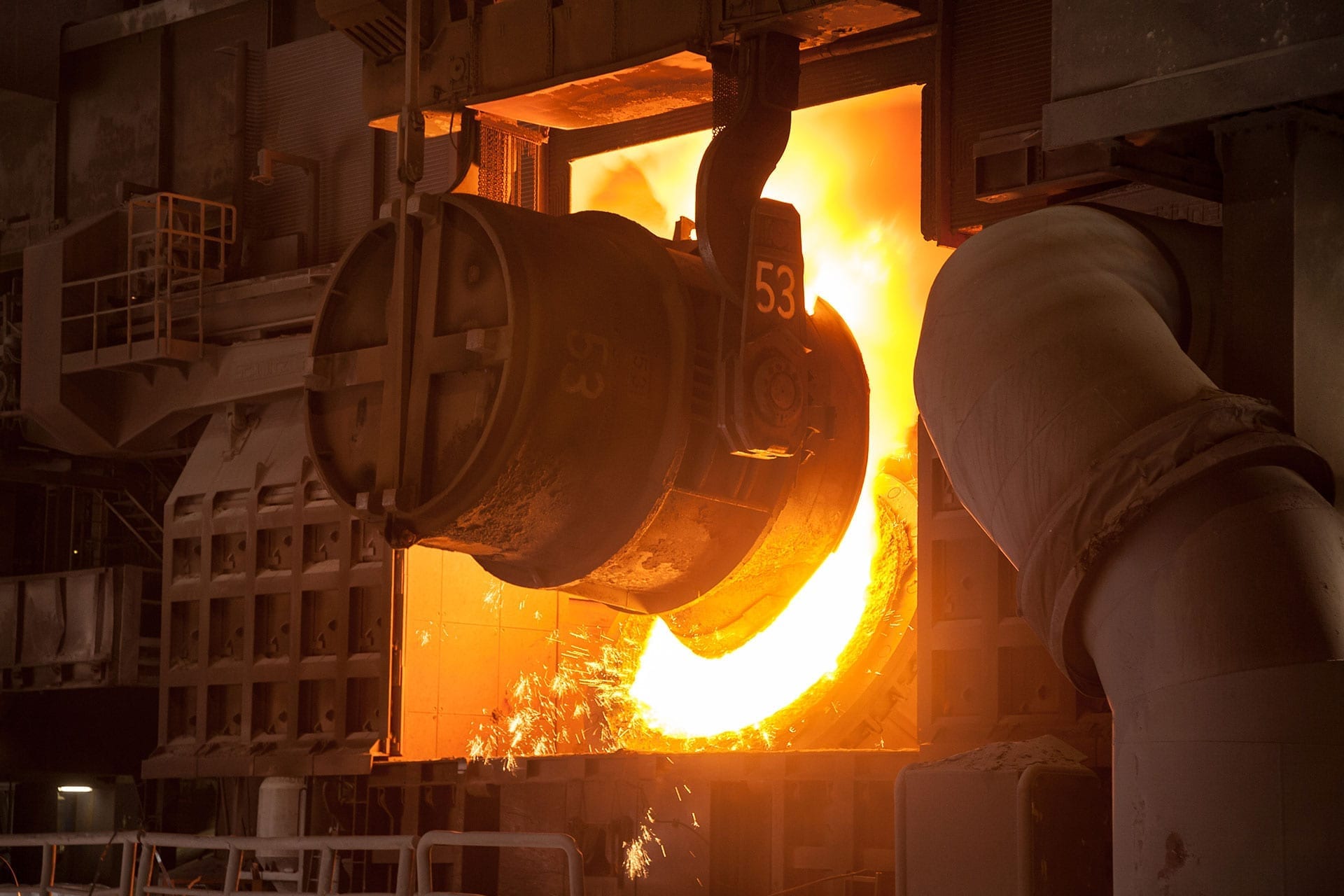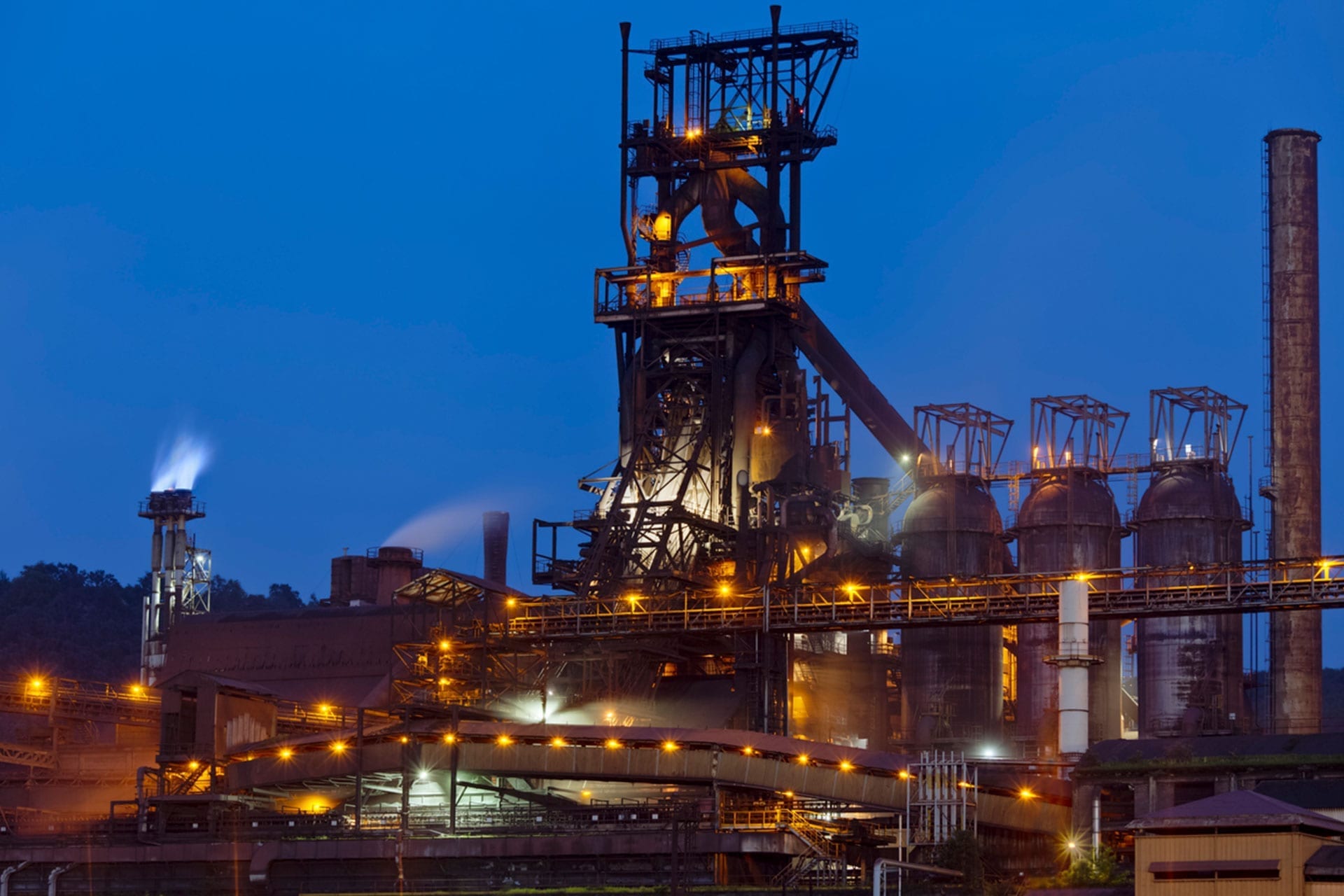Process monitoring and control with systems from PIEPER in the continuous casting plant
In the continuous casting plant, the crude steel is given its first shape. Via the ladle turret, the liquid product is poured into the melting tank, where it is fed to the strand guiding system via the mould. Depending on the casting mould, rectangular slabs and billets or round billets (circular blanks) are produced. Since the plant is a continuous casting process, the steel is fed through a cross-cutting and/or slitting system at the outlet roller table. A marking machine ensures clear identification with regard to steel quality and the planned further processing.
OVERVIEW CAMERAS
Process monitoring, which focuses on detailed monitoring and evaluation within a production chain, should not disregard visual observation of the complete plant. For this purpose, overview cameras are installed in such a way that they provide an overall picture of the running production. The images generated in this way reach the control centre via live stream, so that incipient malfunctions can be detected at an early stage.
In addition to avoiding cost-intensive production stoppages, the environment also benefits here: a defective filter system, for example, can be detected more quickly, as a change in the colour of the exhaust gas often already indicates this. The control room can thus take immediate action and counteract dangers.
At the same time, the use of overview cameras increases occupational safety for the skilled personnel working directly on the equipment: The early detection of a malfunction, which the employee on site may not even be able to perceive, reduces the risk of an accident to a minimum.

OVERVIEW CAMERAS LADLE TURRET
In addition to the general observation of the entire plant, the movements of the turret and the correct insertion position of the ladles are observed by means of visual cameras. Just as with the observation of the entire plant, the cameras used can be used to detect impending malfunctions at an early stage.

TUNDISH (MELT DISTRIBUTOR)
To prevent the liquid steel from reacting with the oxygen in the air and causing unwanted flame formation, casting powder is added to the melting distributor at regular intervals. This creates slag, which on the one hand serves as a lubricant for the mould, but on the other hand can also absorb any impurities still present in the steel. Visual cameras in systems from PIEPER support this process and continuously show the filling level as well as the position of the ladle slide gate in order to avoid an interruption of the casting process.

STRAND GUIDE SYSTEM
Thermographic monitoring can provide early indications of possible strand defects, such as cracks or local leaks of liquid steel.
With a thermography system for process monitoring and control in continuous casting, both product quality and energy consumption can be decisively optimised. For this purpose, thermal imaging cameras observe the forming and cooling process of the steel strands and check the heat distribution during this process. The information is passed on to software that assesses the heat flow and automatically readjusts it if necessary. This ensures uniform cooling, which contributes decisively to the steel quality. Moreover, in this way only the energy output that is actually needed is fed into the continuous casting process.

FLAME CUTTER / DEBURRER
After the slabs have been cut to the desired length, unwanted burrs (edges) may appear at the interfaces, which are subsequently removed with the aid of a debarter.
This process can be observed with the support of visual cameras. It is also possible to use thermographic cameras that observe and evaluate the cut surfaces on the slabs in detail.


DISCHARGE ROLLER TABLE
As a final process, the finished cut slabs are marked with batch / identification numbers. For this purpose, a marking machine provides the slab with a punched number at the end of one long side. By means of a visual camera, the correct numbering can be checked on the one hand; on the other hand, the camera also observes the transport of the slab arriving at the exit roller table. This is usually lifted off the belt with the help of a crane and stored temporarily until further processing.


